Identifying income criteria as a "lever" and creating motivation to complete criteria in building advanced new rural areas and model new rural areas, localities in the province have implemented many solutions to develop the economy and improve people's lives.
Reaching the advanced NTM target in 2020, Lien Chau commune (Yen Lac) is completing the contents to be recognized as a model NTM commune.
To maintain and improve income criteria, the commune promotes clean agricultural production; converts 82 hectares of ineffective production land to livestock; especially the Agricultural Restructuring Project with practical support has helped the locality create a breakthrough in economic development.
From the place where people mainly produce traditional crops such as corn and rice, up to now, the locality has introduced many new crop varieties with high productivity, quality and economic value into cultivation; formed specialized areas such as pink banana, grapefruit, clean vegetables; replicated high-tech agricultural models such as VietGAP standard vegetable production; pig farming using cold barn technology; closed-loop egg-laying chicken farming, scale of 34,000, applying temperature sensor technology, power outage warning system, automatic feeding and drinking trough system; planting Buddha's hand trees; intensive fish farming using automatic feeding system, sensors to control pond environment...
In the commune, there are 2 products of Thai sour sausage and Padora sausage recognized as 3-star OCOP products at the provincial level.
The locality also values and develops industry, handicrafts, trade - services and rural occupations.
Currently, the whole commune has 88 households working in transportation, 300 households working in trade and services... providing regular jobs for hundreds of local workers.

From an area of ineffective farming, Ms. Nguyen Thi Hoan's family in Lien Chau commune (Yen Lac) switched to growing Buddha's hand trees for high economic efficiency.
In labor export, in addition to promoting propaganda and raising awareness among people, the locality always creates favorable conditions for businesses to participate in recruiting workers in the area. Currently, the commune has more than 100 workers working abroad. Households with relatives working abroad all have income to send back home, contributing to improving their lives.
Thanks to attention and diversification of economic sectors, in 2023, the total production value of the whole commune reached nearly 1,200 billion VND, an increase of 8.2% compared to 2022; the poverty rate decreased according to the new standard from 1.03% in 2022 to 0.36% at the end of 2023.
The economic structure has shifted in a positive direction, with the proportion of agriculture, forestry and fishery accounting for 19.5%; industry and construction accounting for 56.9%; and trade and services accounting for 23.6%. Average income per capita reached 75.2 million VND.
Implementing criterion No. 10 on income according to the National Criteria for New Rural Communes and Advanced New Rural Communes in the period of 2021-2025, the province directed all levels, sectors and localities to continue to effectively restructure the agricultural sector, the One Commune One Product (OCOP) Program, develop rural industries; improve the operational efficiency of cooperatives, support start-up businesses in rural areas... with many support policies.
In 2021, the province supported the conversion of nearly 43 hectares of ineffective rice-growing land to annual crops, fruit trees and aquaculture.
In the period of 2021-2023, the province will support aquatic breeds (grass carp, hybrid carp and monosex tilapia) for nearly 300 households with a scale of more than 400 hectares; the Department of Agriculture will coordinate with the People's Committees of districts and cities to vaccinate livestock and poultry reaching over 90% of the total herd and disinfect the livestock environment for 100% of households.
Implementing the Science and Technology Program serving the construction of new rural areas, in 2023, the whole province will deploy 9 science and technology topics and projects in the fields of agriculture, forestry, and construction of new rural areas.
In addition, sectors and localities have exploited and developed community tourism and rural tourism such as the model of experiencing red dragon fruit gardens in Van Truc, Xuan Hoa, Ngoc My communes (Lap Thach); enjoying specialties such as chayote and Tam Dao yellow flower tea; rural market in Dao Tru (Tam Dao); Dao Quan Chet ethnic village in Thanh Cong village, Lang Cong commune (Song Lo); visiting craft villages such as Vinh Son snake, Ly Nhan blacksmith (Vinh Tuong), Thanh Lang carpentry, Huong Canh pottery (Binh Xuyen)...
Thanks to the synchronous implementation of solutions to promote the transformation of economic structure, crops and livestock, in 2023, the production value of the province's agriculture, forestry and fishery sector increased by 5.29% compared to 2022; the average income per capita in rural areas reached 60 million VND.
Up to now, the whole province has 100% of communes meeting the new rural standards according to regulations for the 2021-2025 period; 34 communes meeting the advanced new rural standards, 2 communes meeting the model new rural standards and 177 villages meeting the model new rural standards.
To complete the 2024 target, the whole province will have 10 more communes meeting advanced NTM standards, 10 communes meeting model NTM standards, 2 communes meeting smart NTM standards, the Department of Agriculture will continue to coordinate with localities to transform the structure of varieties, crops, and products in accordance with advantages and market demand, adapt to climate change; build a model of production and consumption chain of safe vegetable products according to VietGAP standards; promote trade and service development; provide vocational training and create jobs for rural workers.
Localities focus on effectively exploiting land potential through investing in building advanced and modern agricultural production models, linking production with product processing and consumption.
Article and photos: Mai Lien
Source










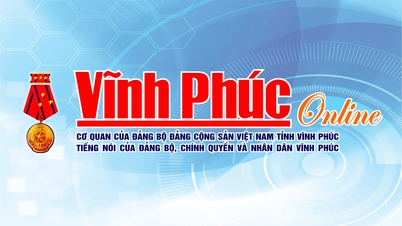
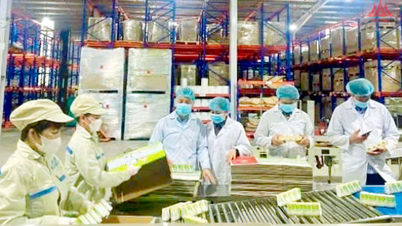
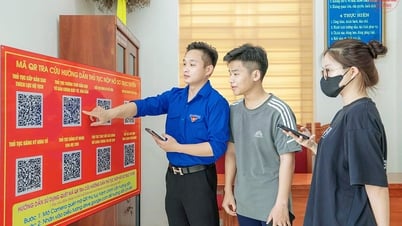

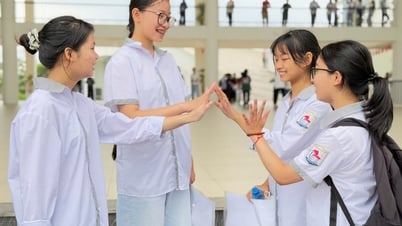






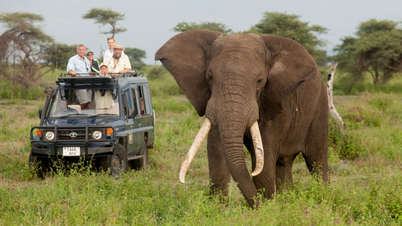


























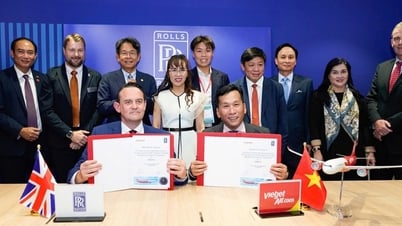

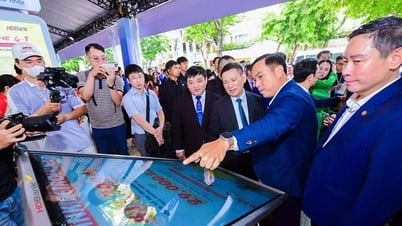

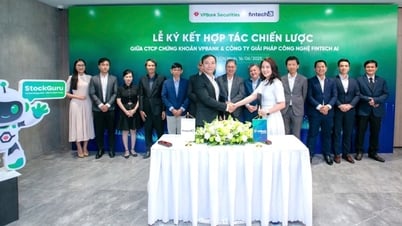







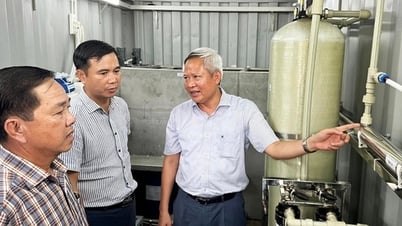




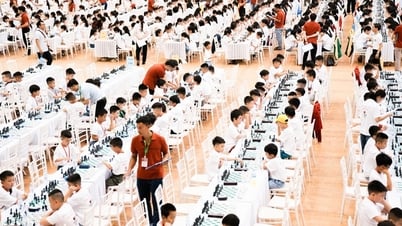


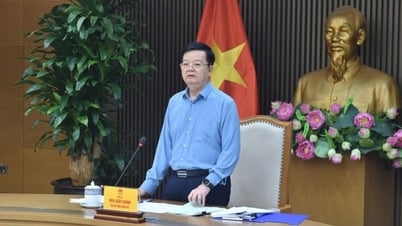






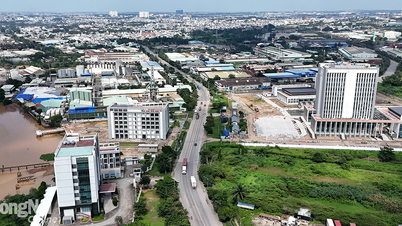














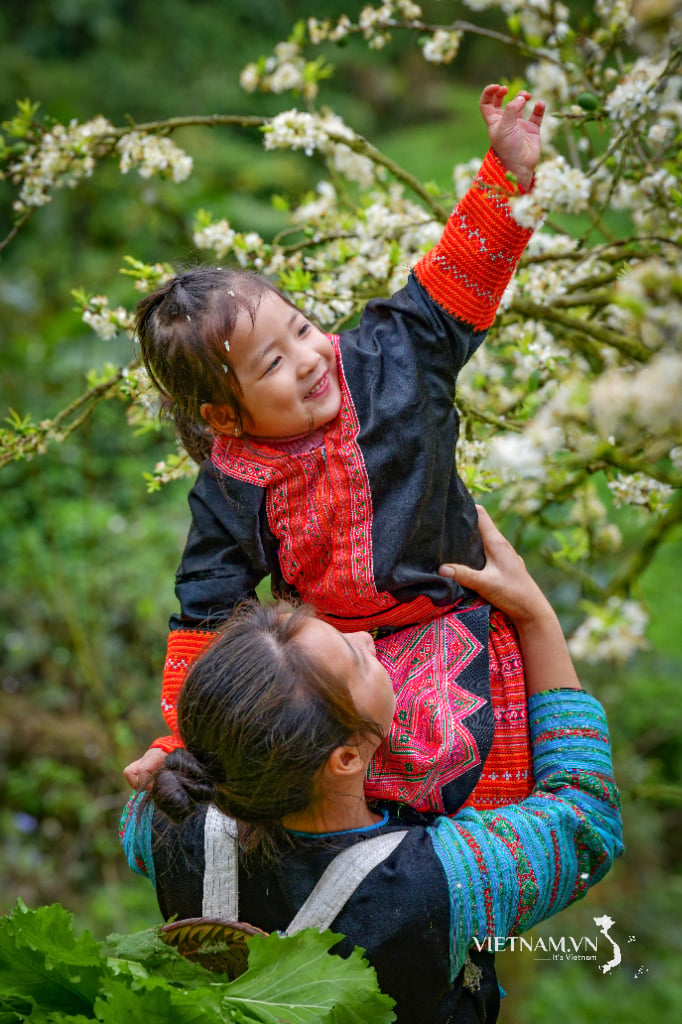

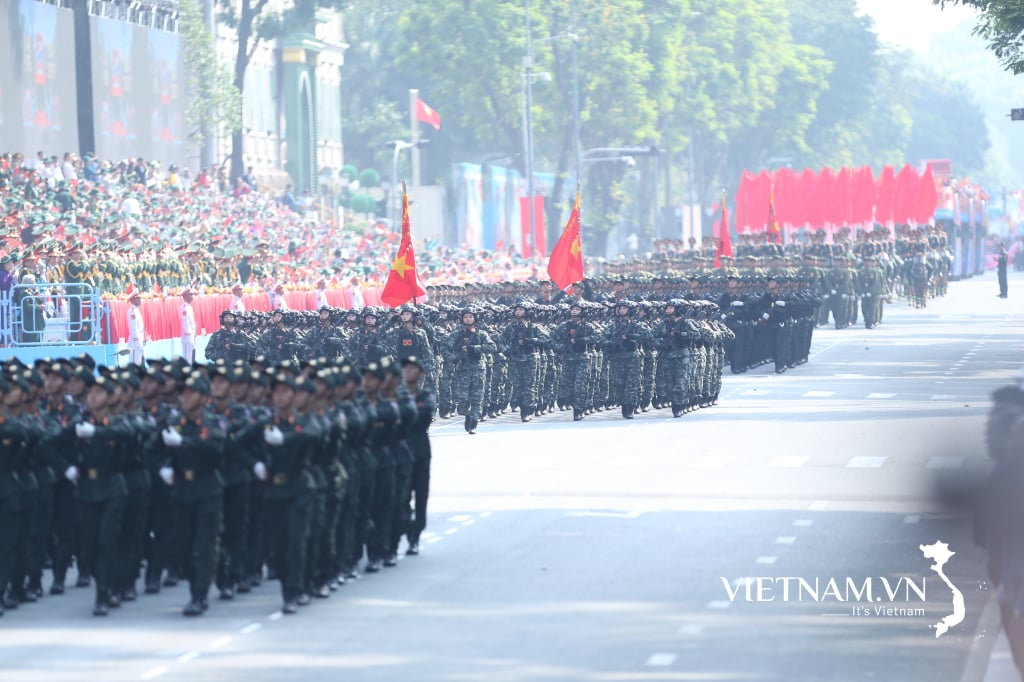
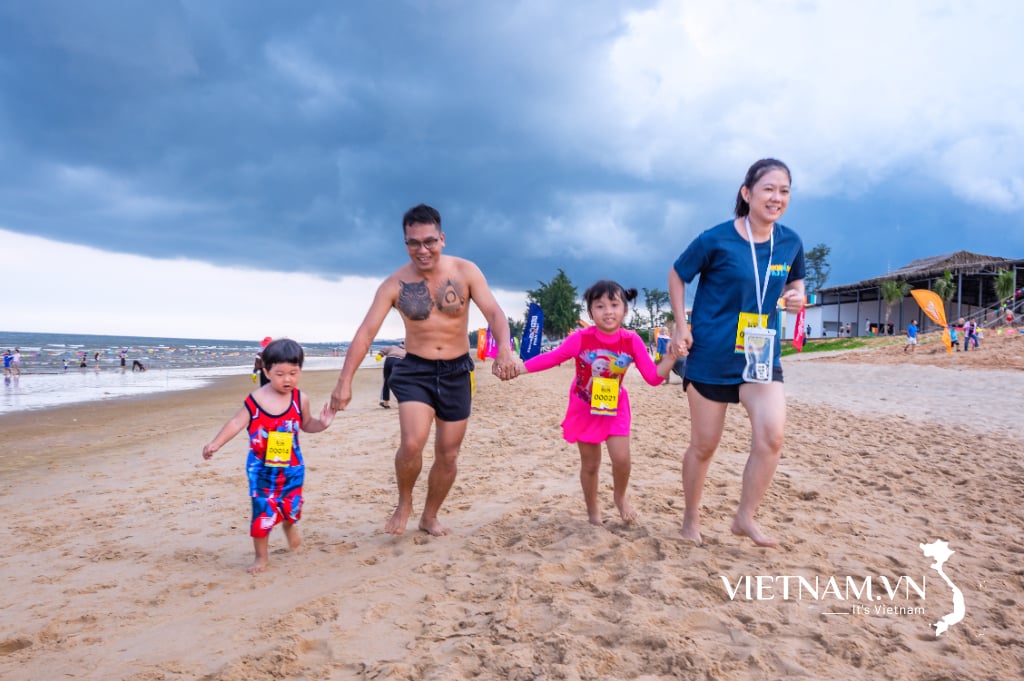
Comment (0)